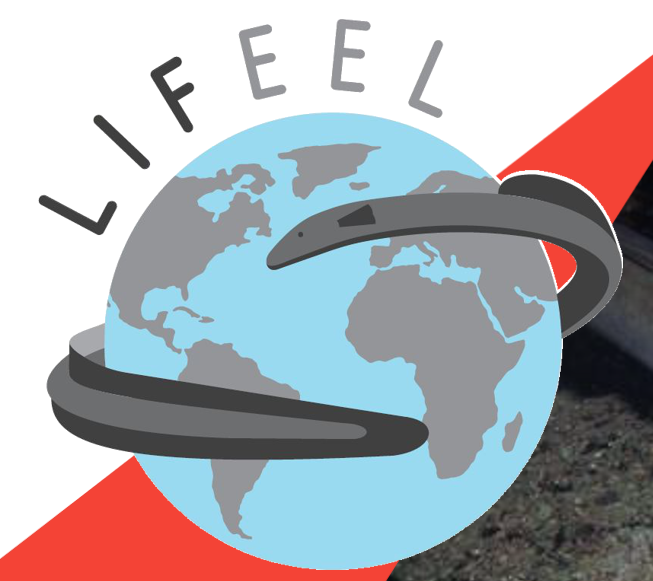
Abstract
The overall objective of the project is the long-term conservation of European eel. The general objective (GO) of LIFEEL is to assure a concrete support for the long-term conservation of the eel population of the Adriatic stock, with the development of concrete conservation actions and governance measures through the achievement of the following specific objectives (SO) in Italy (IT) and/or Greece (GR): -Against Threat 1 (fishery and aquaculture pressure) LIFEEL aims at the SO1: to increase escapement of the "best" silver eels, reducing as close to zero as possible their mortality by fishing and aquaculture (according to the Recommendations of SAC in its nineteenth session, 2017 and of GFCM, GFCM/42/2018/1) , so that they can carry out the entire life cycle in Sargasso Sea, contributing to the species conservation. Against the same threat, LIFEEL aims at SO2: to safeguard the wild stocks of juveniles from the threat of fishery for aquaculture purposes, by artificial reproduction and breeding. -Against Threat 2 (habitat fragmentation) SO3: to restore the access to areas vocational to the species, for its growth in the wild freshwaters, so that juveniles and adults can freely move within the hydrographic network until sexual maturation (achieved on average to 15 years of age). -Against Threat 3 (Turbine mortality) SO4: to reduce the lethal impact of turbines of hydroelectric plants on eels descending waterways, with the construction of a demonstrative light barrier system and establishment in the project area of guidelines for hydroelectric producers with a participatory approach. In addition to these specific operative objectives, shared by all the Eel Management Plans, LIFEEL adds another specific objective of paramount importance for the long-term conservation of the species, which is the SO5: information, awareness and involvement of stakeholders and the general public, addressed against Threat 6 (lack of information and sensitivity to the problem of eel conservation), for the key role of public consensus and stakeholders participation in a successful conservation action. As highlighted in the previous paragraph, in the project area as a whole the scarcity of water (T4) and quality and the IUU (T5) don’t represent actual limiting factors for eel, as a result of the national EMPs. For this reason they would only be taken in account as potential threats in the management plans and other long-term measures developed and adopted within the project.
Project details
Unibo Team Leader: Oliviero Mordenti
Unibo involved Department/s:
Dipartimento di Scienze Mediche Veterinarie
Coordinator:
Regione Lombardia(Italy)
Other Participants:
G.R.A.I.A. Srl-Gestione E Ricerca Ambientale Ittica Acque
(Italy)
Università degli Studi di Ferrara - Amministrazione Centrale
(Italy)
Parco Lombardo Della Valle Del Ticino
(Italy)
Hellinikos Georgikos Organismos-Dimitra-Hellenic Agricultural Organization-Demeter
(Greece)
Ente Di Gestione Per I Parchi E La Biodiversita' - Delta Del Po
(Italy)
Ente Parco Regionale Veneto del Delta del Po
(Italy)
ALMA MATER STUDIORUM - Università di Bologna
(Italy)
Regione Emilia-Romagna
(Italy)
Total Eu Contribution: Euro (EUR) 3.114.322,00
Project Duration in months: 69
Start Date:
01/10/2020
End Date:
30/06/2026


